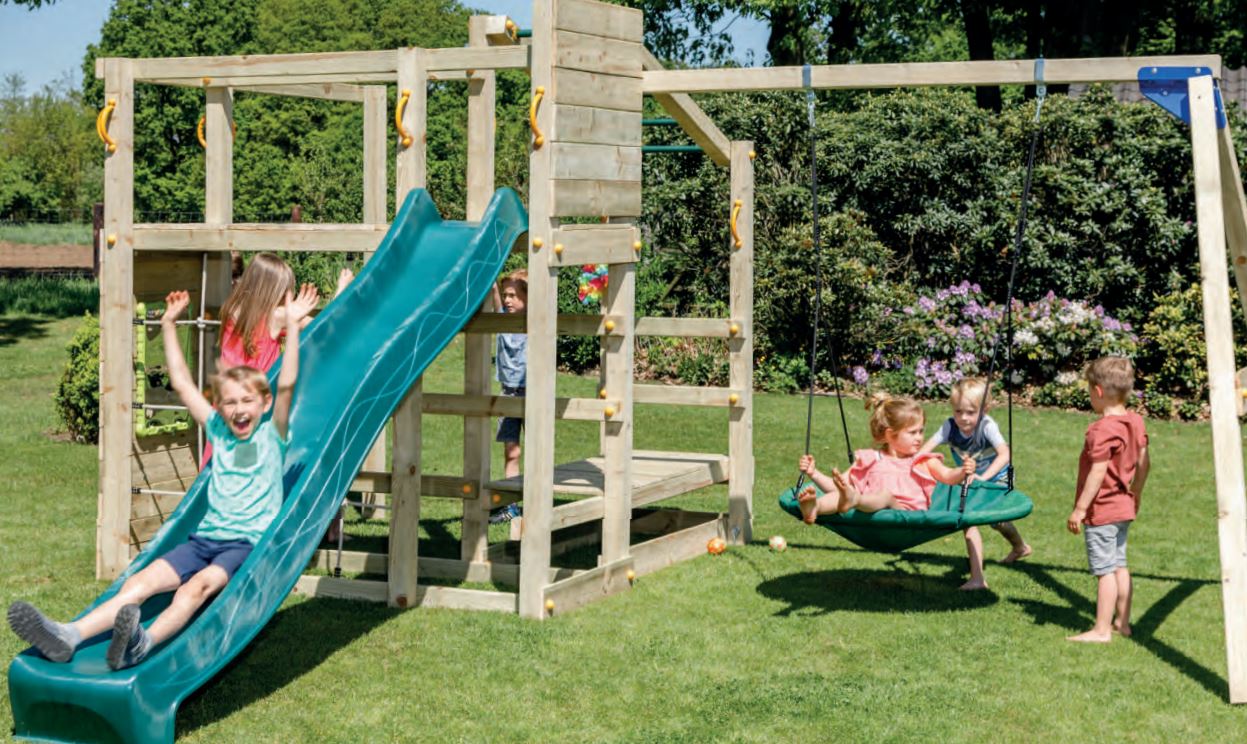Playgrounds offer children the opportunity to practice and perfect different skills that contribute to their development through play. Natural playgrounds are made from raw materials to provide a more organic and environmentally friendly play experience by incorporating trees, rocks, logs, sand, plants, mounds, tunnels, slopes, and other features peculiar to the terrain.
All these units allow the development of sensory skills and gross motor skills; for example, when climbing logs and swinging or having excavation areas. However, people may believe that the use of these playgrounds could bring certain disadvantages, or maybe have ignorance of all the benefits that the use of this type of park brings. Then, below we are going to present three myths about natural playgrounds.
Children can be easily injured
It’s normal to want to protect children from every scratch and injury. When naming a natural playground, it is usual to think of “raw wood” without fine finishes, which can increase the risk of children getting hurt. However, this is not true. Since the modules used in natural playgrounds are manufactured under the strictest quality standards, to avoid the risk of splintering, with high resistance and excellent structural uniformity.
Natural parks are not resistant
Some people think that the elements that make up natural playgrounds are less durable and resistant than those made of metal and with synthetic covers. However, natural playgrounds offer excellent resistance and durability over time because they are made from premium materials such as Canadian Eastern White Cedar or Western Red Cedar. With proper care and maintenance, natural playgrounds are just as resistant as traditional ones, providing hours of fun for children and promoting their social and physical development.
Natural playgrounds are more expensive
Beyond the planning and the time invested in the installation, people could believe that natural playgrounds incur higher costs than traditional ones due to maintenance costs, adaptation of the land, and others. However, in Westplay, alternatives adjust to each budget and consider the scale, dimensions and the specific location. In this way, the park could be designed taking advantage of all the elements of the environment to make better use of the budget and offer the best for children.
What do you think about this topic? Do you know another myth about natural playgrounds?
If you want to know more about this topic, you can subscribe to our newsletter and access our free report entitled Seven advantages of having a playground in your community.
